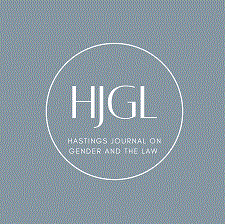
Abstract
The current high cesarean rate has troubling implications for maternal and child health. While cesarean deliveries are sometimes necessary, at this high rate the risks likely outweigh the benefits of the procedure. Analysis of the Primary Cesarean Delivery Rate analyzes the current rate of primary cesarean delivery, and posits three possible theories for the increase in this rate, including: defensive medicine; insurance reimbursement rates for cesarean delivery compared to vaginal delivery; and, the availability of quality prenatal care. Next this note proposes several methods of alleviating the effect these factors have on cesarean rates through: encouraging evidence-based practices by permitting evidence-based findings to bear on standard-of-care determinations in malpractice litigation; equalizing reimbursement of uncomplicated cesarean and vaginal deliveries for Medicaid enrollees; and, improving the prenatal care provided to Medicaid beneficiaries, including use of decision-aids and patient education.
Recommended Citation
Lisa Zolutusky,
Analysis of the Primary Cesarean Delivery Rate: A Legal and Policy Approach,
24 Hastings Women's L.J. 225
(2013).
Available at: https://repository.uclawsf.edu/hwlj/vol24/iss2/6

